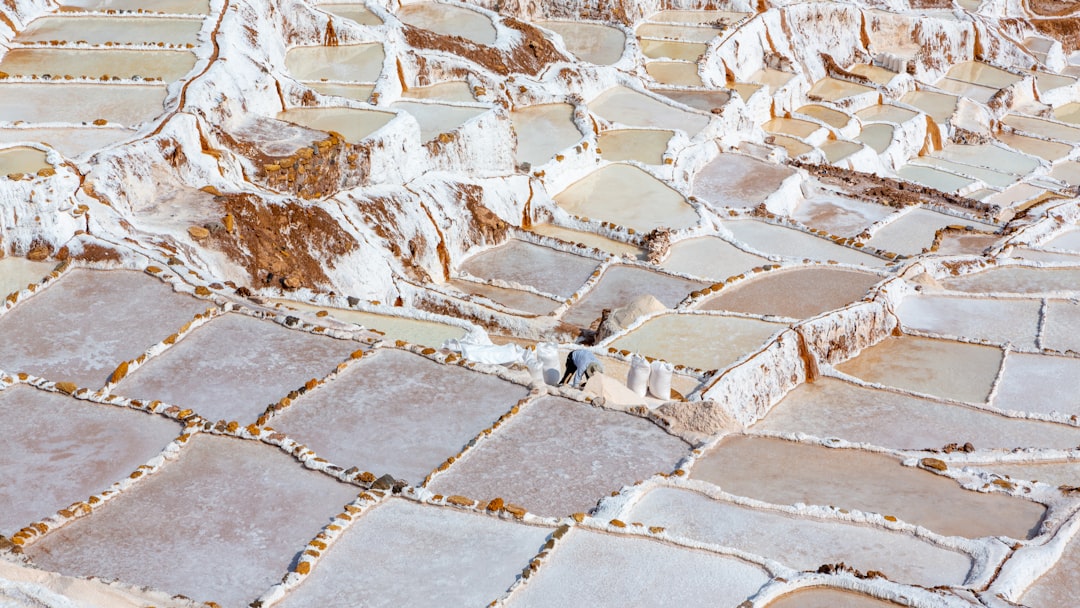What is it about?
There is a salmon lice fight every time we put salmon into the sea, this is a descriptive study of three such fights. This study is from midst-Norway, during the years 2013-2018. We show how the salmon lice situation develops in an area with coordinated deployment and slaughter of salmon. We draw attention to what have changed in the way salmon lice is fought, both for delousing and for preventative measures. We show that with a higher stoking of cleaner fish, there was a longer period before grown female salmon lice reached high numbers.
Featured Image

Photo by Vidar Nordli-Mathisen on Unsplash
Why is it important?
"Those that fail to learn from history, are doomed to repeat it." Winston Churchill. This study is important because it describes what happened to the salmon lice in an entire area during the rapid change in delousing methods. It includes a period where the salmon lice got out of hand, and examines the differences between this deployment and the closest deployment salmon before and after.
Perspectives
This study was meant to be background material for a field study, but it quickly became much more. I hope that it will contribute to the decision taking in how to prevent and respond to salmon lice, and that companies will continue to cross boarders to each other to get the whole picture on an area to area basis.
Lone Sunniva Jevne
Norwegian university of science and technology
Read the Original
This page is a summary of: How are the salmon lice (
Lepeophtheirus salmonis
Krøyer, 1837) in Atlantic salmon farming affected by different control efforts: A case study of an intensive production area with coordinated production cycles and changing delou..., Journal of Fish Diseases, September 2019, Wiley,
DOI: 10.1111/jfd.13080.
You can read the full text:
Contributors
The following have contributed to this page










